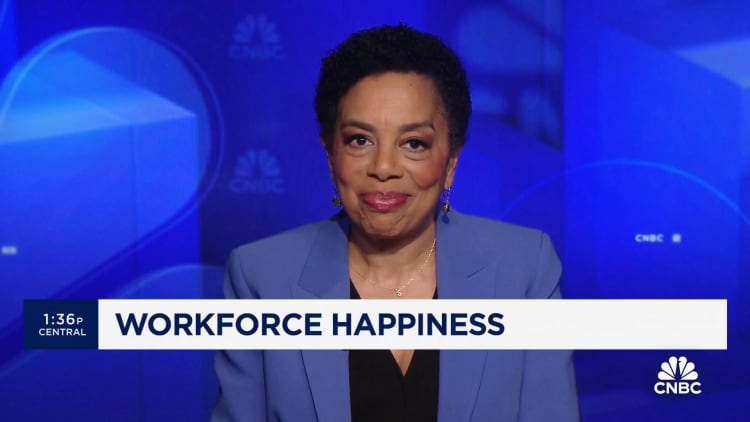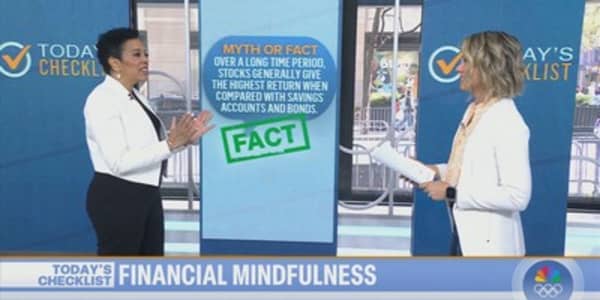If you work for a publicly traded company, you may have access to discounted company shares via an employee stock purchase plan, or ESPP.
While the benefit can be valuable, you need to know the rules and risks before opting into your company's plan, financial experts say.
In 2020, roughly half of public companies offered an ESPP, according to a 2021 survey from the National Association of Stock Plan Professionals and Deloitte Tax.
If you have access to one, it's worth considering because "there's free money to be had," said certified financial planner Matthew Garasic, founder of Unrivaled Wealth Management in Pittsburgh.
More from Personal Finance:
Here are key things to know before tapping inherited IRAs
$8.8 billion in Inflation Reduction Act home energy rebates may be coming soon
Biden administration believes new student loan forgiveness plan will survive
But whether and to what extent you decide to participate depends on other short-term priorities and "how comfortable you are sacrificing cash flow" during the offering period, Garasic said.
With limited income, yearly goals like investing up to your employer's 401(k) match should come before your ESPP, said CFP Kristin McKenna, president of Darrow Wealth Management in Boston.
"People get really excited about them," she said. "And it doesn't always make sense."
How employee stock purchase plans work
During an "offering period," which is often six months, ESPPs collect after-tax contributions from each of your paychecks and use the money to buy discounted company stock on a specific date. Tax-qualified plans have a $25,000 yearly limit.
The best ESPPs offer a 15% discount with a "lookback provision," which bases the stock purchase price on the value at the beginning or end of the offering period, whichever is lower, Garasic explained.
For example, with a $20 starting price and $22 ending price, you could get a 15% discount on $20 and pay $17, for total savings of $5 per share, which is a roughly 22.7% discount off the current market price.
Depending on your plan rules, it could be possible to sell quickly after purchasing to "lock in that immediate gain," Garasic said. But you'll owe regular income taxes on the discount, plus levies on the gain after the purchase date.
However, there's no guarantee of future stock performance. If you hold it for longer, "you're gambling on the stock price cooperating over that period," Garasic said.

In 2023, some 85% of qualified ESPPs offered a 15% discount, up from 70% of ESPPs in 2020, according to a recent survey from the National Association of Stock Plan Professionals.
The percentage of ESPPs with lookbacks has also increased, the same survey found. In 2023, 83% of plans offered a lookback, compared to 64% in 2020.
Still, you should carefully read the plan documents before opting in. It's important to know whether the plan is "qualifying," which changes the tax treatment, the length of the offering period, purchase dates, how to make changes and what happens if you leave the plan, experts say.
The rules can be "overly complicated," said McKenna from Darrow Wealth Management. "It just seems like killing a fly with a sledgehammer."
"But it can certainly be a lever that some people want to consider," she added.







